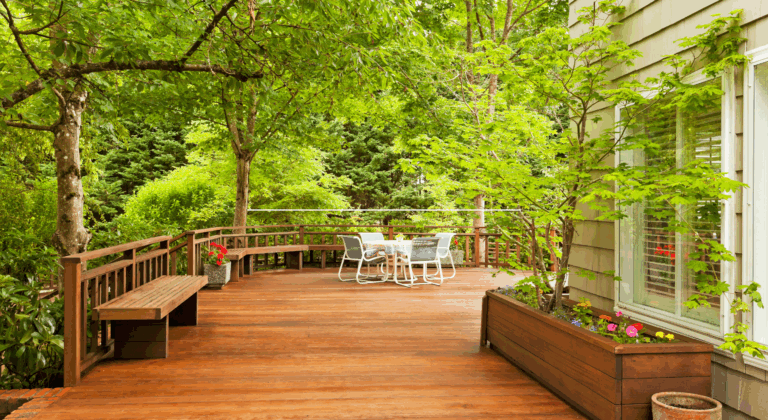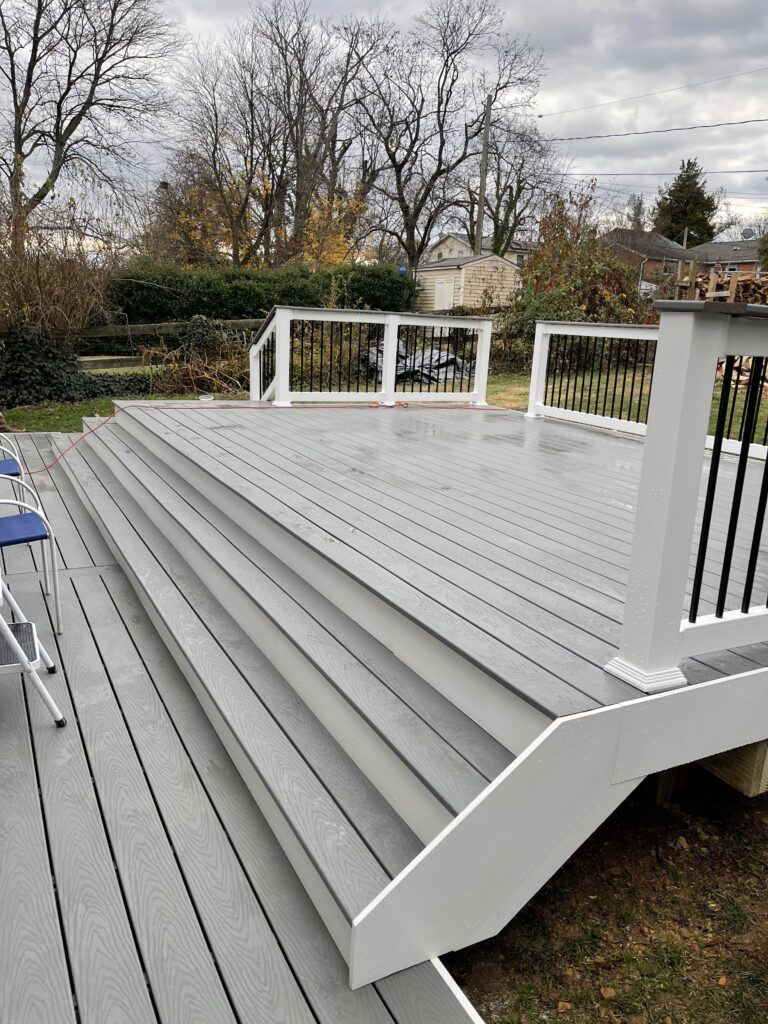Top Home Improvement Projects to Boost Value and Functionality
Home improvement projects are more than just aesthetic upgrades—they’re investments in your property’s long-term value, comfort, and efficiency. Whether you’re preparing to sell or simply enhancing your living space, strategic renovations can yield significant returns. From roofing and decks to kitchen remodels and basement finishes, the right projects address both practicality and style. For instance, a well-maintained roof protects your home from weather damage, while a modern kitchen elevates daily living and resale appeal. This article explores four key areas where upgrades deliver the most impact, offering actionable insights for homeowners and DIY enthusiasts. Let’s dive into projects that balance cost, effort, and ROI to transform your house into a functional, market-ready haven.
1. Roofing and Windows: Protecting Your Investment
A sturdy roof and energy-efficient windows are foundational to a home’s structural integrity and energy performance. Asphalt shingles remain popular for their affordability, but metal or slate roofing offers longevity and curb appeal. Inspect for damaged shingles, leaks, or poor ventilation to avoid costly repairs. Meanwhile, upgrading to double-pane windows with Low-E coatings reduces heating/cooling costs by up to 30%. For older homes, window replacement also mitigates drafts and noise pollution. Pro tip: Pair window upgrades with proper insulation to maximize energy savings.
- Choose impact-resistant materials in storm-prone areas.
- Schedule bi-annual roof inspections.
- Prioritize ENERGY STAR®-certified windows.
2. Decks and Fire Pits: Elevating Outdoor Living
Outdoor spaces are no longer an afterthought—they’re extensions of your home. Composite decking resists rot and requires less maintenance than wood, making it ideal for busy homeowners. For fire pits, opt for natural gas or propane setups for convenience, or go rustic with a stone wood-burning design. Ensure decks are built with proper footings and railings to meet local codes. Case study: A mid-sized composite deck can recoup 65–75% of its cost at resale. Add built-in seating or ambient lighting to create a year-round entertainment hub.
- Use fire-resistant materials (e.g., concrete, stone) near fire pits.
- Space deck boards 1/8″ apart for drainage and expansion.
- Incorporate shade structures like pergolas.
3. Kitchens and Bathrooms: High-Impact Interior Upgrades
Kitchens and bathrooms drive resale value more than any other rooms. Instead of full remodels, focus on cost-effective updates: reface cabinets, install quartz countertops, or upgrade to touchless faucets. In bathrooms, replace dated tile with large-format alternatives and add frameless glass showers for a sleek look. Did you know? Minor kitchen remodels yield a 72% ROI on average. For DIYers, painting cabinets and updating hardware can refresh spaces for under $500.
- Opt for under-cabinet lighting for task visibility.
- Use waterproof vinyl plank flooring in bathrooms.
- Install vent fans to prevent mold growth.
4. Basement Additions: Unlocking Hidden Potential
Finishing a basement adds livable square footage without altering your home’s footprint. Start by addressing moisture: seal cracks, install a sump pump, and use vapor barriers. Open layouts with multifunctional zones (e.g., home theaters, gyms) appeal to buyers. For legal compliance, ensure egress windows are installed in bedrooms. Example: A finished basement can increase home value by 10–15%, especially with a guest suite or wet bar.
- Use recessed lighting to maximize ceiling height.
- Choose moisture-resistant drywall (green board).
- Add heated floors for comfort in colder climates.
Conclusion
Targeted home improvements—whether a durable roof, a stylish deck, or a modern kitchen—deliver both immediate enjoyment and long-term financial returns. Start by addressing structural essentials (roofing, windows) before moving to aesthetic upgrades. For outdoor projects, prioritize low-maintenance materials, and indoors, focus on high-traffic areas like kitchens and bathrooms. Finally, don’t overlook the potential of a finished basement to expand usable space. Actionable takeaway: Plan projects based on your budget and goals, and consult professionals for complex tasks like electrical work or load-bearing changes. By balancing practicality and design, you’ll create a home that’s both functional and irresistibly marketable.




